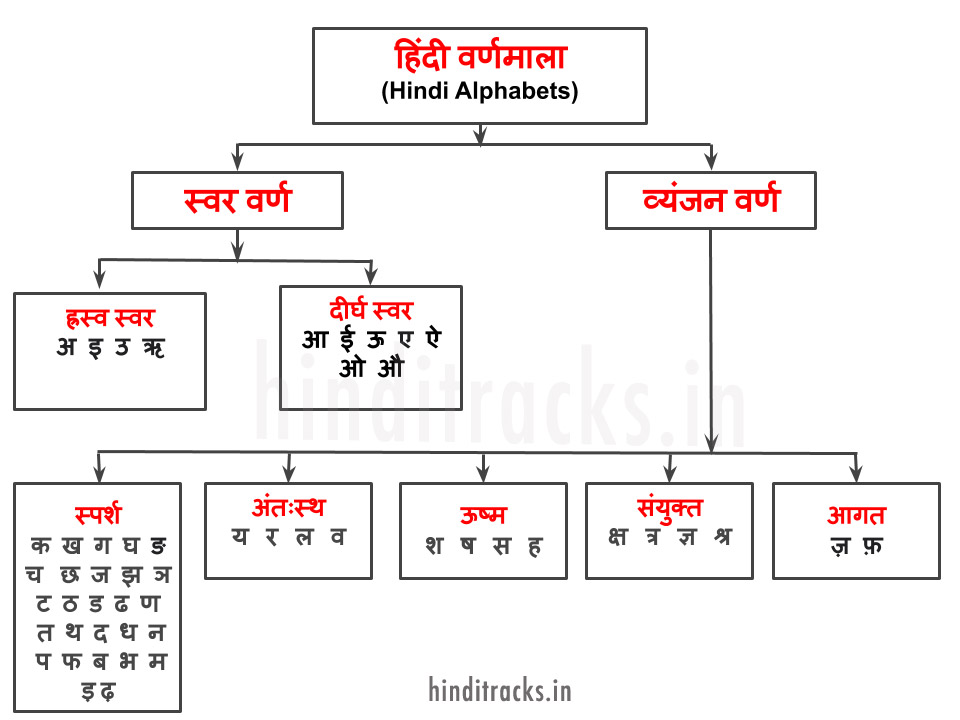


Like other Indo-Aryan languages, Hindi is a direct descendant of an early form of Vedic Sanskrit, through Sauraseni Prakrit and Śauraseni Apabhraṃśa (from Sanskrit apabhraṃśa "corrupt"), which emerged in the 7th century CE. Historyįurther information: History of Hindustani Middle Indo-Aryan to Hindi The Greek cognates of the same terms are " Indus" (for the river) and " India" (for the land of the river). The terms "Hindi" and "Hindu" trace back to Old Persian which derived these names from the Sanskrit name Sindhu (सिन्धु ), referring to the river Indus. Īnother name Hindavī (हिन्दवी) or Hinduī (हिन्दुई) (from Persian: هندوی "of or belonging to the Hindu/Indian people") was often used in the past, for example by Amir Khusrow in his poetry. It was borrowed from Classical Persian هندی Hindī ( Iranian Persian pronunciation: Hendi), meaning "of or belonging to Hind (India)" (hence, "Indian"). The term Hindī originally was used to refer to inhabitants of the Indo-Gangetic Plain. Hindi alongside Urdu as Hindustani is the third most-spoken language in the world, after Mandarin and English.


Īs a linguistic variety, Hindi is the fourth most-spoken first language in the world, after Mandarin, Spanish and English. Apart from the script and formal vocabulary, standard Hindi is mutually intelligible with standard Urdu, another recognised register of Hindustani as both share a common colloquial base. Such languages include Fiji Hindi, which is official in Fiji, and Caribbean Hindustani, which is spoken in Trinidad and Tobago, Guyana, and Suriname. Outside India, several other languages are recognised officially as "Hindi" but do not refer to the Standard Hindi language described here and instead descend from other dialects, such as Awadhi and Bhojpuri. Hindi is the lingua franca of the Hindi belt and to a lesser extent other parts of India (usually in a simplified or pidginised variety such as Bazaar Hindustani or Haflong Hindi). Hindi is also one of the 22 scheduled languages of the Republic of India. It is an official language in 9 States and 3 Union Territories and an additional official language in 3 other States. Hindi, written in the Devanagari script, is one of the two official languages of the Government of India, along with the English language. Hindi has been described as a standardised and Sanskritised register of the Hindustani language, which itself is based primarily on the Khariboli dialect of Delhi and neighbouring areas of Northern India. Hindi ( Devanagari: हिन्दी, ISO: Hindī), or more precisely Modern Standard Hindi ( Devanagari: मानक हिन्दी, ISO: Mānak Hindī), is an Indo-Aryan language spoken chiefly in North India.


 0 kommentar(er)
0 kommentar(er)
